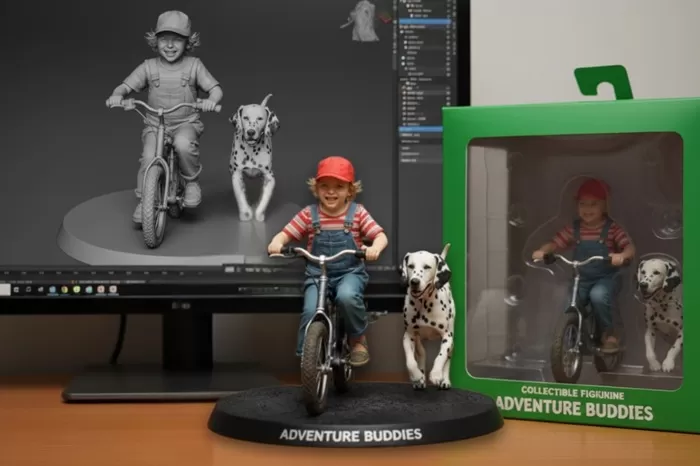As a dog owner, seeing your furry friend injured can be distressing. Whether it’s a minor scrape or a more severe cut, knowing how to handle the situation quickly and effectively is crucial for your dog’s well-being. This guide will provide step-by-step instructions on how to heal a dog wound fast at home while ensuring their safety and comfort.
Understanding the Basics of Dog Wounds
Dog wounds come in various forms, such as cuts, abrasions, punctures, and bites. Some wounds can be treated at home, while others may require immediate veterinary attention. Minor injuries like surface scratches and small cuts are generally manageable with proper care. However, deep wounds, persistent bleeding, or signs of infection necessitate a visit to the vet.
Step 1: Assess the Severity of the Wound
Before taking action, assess the wound to determine the best course of treatment:
- Minor Wounds: Small cuts or scrapes that don’t penetrate deeply can often be treated at home.
- Serious Wounds: If the wound is deep, heavily bleeding, or located near vital areas (eyes, joints), seek veterinary help immediately.
- Signs of Infection: Swelling, redness, pus, or an unusual odor indicate infection and require professional care.
Step 2: Prepare Your Dog for Treatment
Even the calmest dogs can react aggressively when in pain. Follow these steps to ensure their safety:
- Restrain Your Dog: Use a leash or ask someone to hold them gently but firmly.
- Use a Muzzle: If your dog shows signs of stress or aggression, consider using a muzzle.
- Stay Calm: Speak in soothing tones to reassure your dog and reduce anxiety.
Step 3: Clean the Wound
Cleaning is a crucial step to prevent infection and speed up the healing process:
- Remove Debris: Use sterilized tweezers to gently remove any dirt, glass, or foreign objects.
- Flush the Wound: Rinse the area with lukewarm water or a pet-safe antiseptic solution to remove dirt and bacteria. Avoid using hydrogen peroxide or alcohol as they can delay healing.
- Pat Dry: Use a clean towel or gauze to gently dry the area.
Step 4: Apply First Aid
Once the wound is clean, treat it to encourage healing:
- Antimicrobial Ointment: Apply a dog-friendly antibiotic cream to the wound to prevent infection.
- Dress the Wound: Cover the wound with a sterile gauze pad and secure it with bandage tape. Ensure the bandage is snug but not too tight, as this can restrict blood flow.
Step 5: Prevent Licking and Scratching
Dogs naturally lick their wounds, but this can introduce bacteria and delay healing. Prevent this behavior with the following:
- E-Collar: Use an Elizabethan collar to stop your dog from reaching the wound.
- Protective Clothing: Cover the area with a dog-specific shirt or bandage wrap.
Step 6: Monitor the Healing Process
Check the wound daily to ensure it is healing properly:
- Look for Signs of Infection: Watch for redness, swelling, or discharge.
- Replace Bandages: Change the bandage every 24 hours or as needed.
- Keep It Clean: Continue cleaning the wound and applying ointment daily.
When to Seek Veterinary Attention
While many wounds can be treated at home, some situations require professional care:
- Deep cuts or punctures
- Bleeding that doesn’t stop after 10 minutes of pressure
- Wounds with embedded objects
- Signs of infection, such as pus or foul odor
- Wounds in sensitive areas (e.g., eyes, joints)
Creating a Pet First Aid Kit
Having a well-stocked first aid kit can make treating wounds much easier. Include the following items:
- Antimicrobial spray or wipes
- Sterile gauze pads and adhesive tape
- Antibacterial ointment
- Pet-safe scissors or clippers
- Tweezers
- E-collar
- Clean towels
Natural Remedies for Minor Wounds
For minor cuts or scrapes, natural remedies can support healing:
- Coconut Oil: Its antimicrobial properties help prevent infection.
- Aloe Vera: Soothes and promotes faster healing.
- Honey: Apply a thin layer of medical-grade honey to reduce bacteria and inflammation.
Note: Always ensure natural remedies are safe for pets and consult your vet if unsure.
Preventing Future Injuries
Preventing wounds is as important as treating them. Take these steps to minimize risks:
- Regular Grooming: Trim your dog’s nails and check their coat for mats or debris.
- Safe Environment: Remove sharp objects and secure areas where your dog plays.
- Supervise Outdoor Activities: Keep an eye on your dog when they are outdoors to prevent encounters with dangerous objects or animals.
FAQs About Dog Wound Care
Can I Use Human Antibiotics on My Dog?
No, always use pet-safe products as some human medications can be toxic to dogs.
How Long Does It Take for a Dog’s Wound to Heal?
Healing time depends on the severity of the wound. Minor wounds can heal in 3–7 days, while deeper wounds may take weeks.
What If My Dog’s Bandage Won’t Stay On?
Try using an E-collar or protective wrap to keep the bandage in place.
Conclusion
Knowing how to heal a dog wound fast at home is an essential skill for any dog owner. By following these steps—cleaning, treating, and monitoring the wound—you can ensure your furry friend heals quickly and comfortably. Always remember to consult a veterinarian if you’re unsure about the severity of the wound or notice any signs of infection.
With proper care and attention, your dog will be back to their happy, active self in no time!







